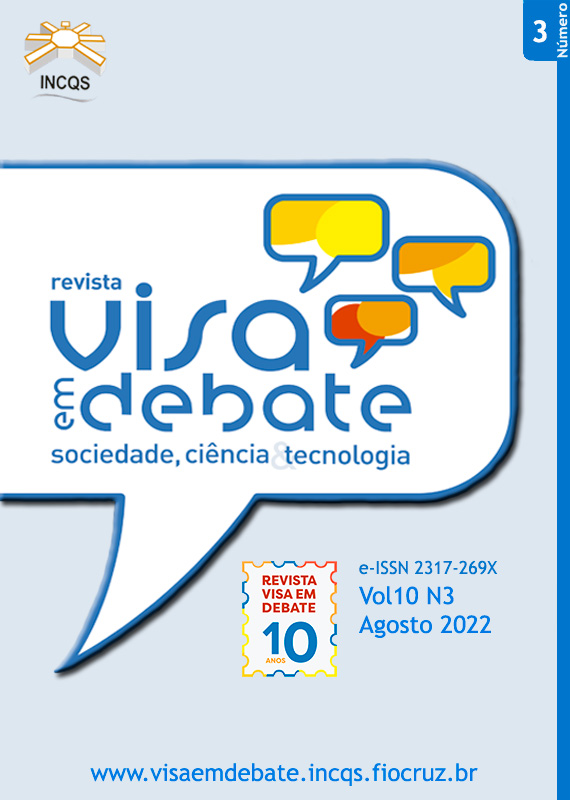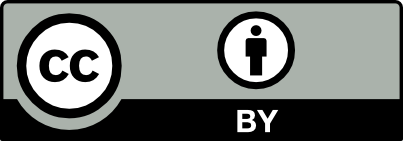Pharmacovigilance of compounded drugs - Part 1: profile of Brazilian notifications
DOI:
https://doi.org/10.22239/2317-269x.01999Keywords:
Pharmacovigilance, Health Surveillance, Compounded Drugs, Pharmacy Compounding, NotivisaAbstract
Introduction: Compounded drugs are extemporaneous pharmaceutical preparations, mostly used to enable the pharmacotherapy of special populations through personalized formulations. In this way, they are not subjected to clinical tests prior to their use, and pharmacovigilance actions are fundamental to guarantee their safety. Objective: to describe the profile of compounded drugs registered in the notifications of technical complaints reported to the National Health Surveillance Notification System (NOTIVISA). Method: Descriptive exploratory study, retrospective to the period 2006-2016, of the notifications of compounded drugs reported to Notivisa. Results: 303 notifications of technical complaints regarding 26 officinal, 268 magistral and 09 unclassified medicines were analyzed. 107 different assets were identified. Those with action on the Digestive System and Metabolism were the most frequent (42.00%), followed by those with action on the Blood and Hematopoietic Organs (10.00%), Dermatological (10.00%) and Cardiovascular System (9.70%). The main quality deviations reported were related to liquid dosage forms, with the presence of foreign bodies, particles or precipitates being the most frequent (22.40%), followed by changes in packaging and labeling (18.60%). Conclusions: It was
possible to describe the main compounded drugs notified to Notivisa, their characteristics and active substances conveyed in the formulations, which can contribute to the actions of Health Surveillance in the masterful scope, which is still incipient in Brazil.
Downloads
Downloads
Published
Issue
Section
License
Copyright (c) 2022 Márcia Maria Barros dos Passos, Thamires Lemos Pimenta, Danilo Ribeiro de Oliveira, Zaida Maria Faria de Freitas, Mariana Sato de Souza Bustamante Monteiro

This work is licensed under a Creative Commons Attribution 4.0 International License.
COPYRIGHT ALLOWANCE The author (s) hereinafter designated as the ASSIGNOR hereby assign and transfer, free of charge, the ownership of the copyrights related to this ARTICLE to the Vigilância Sanitária em Debate: Sociedade, Ciência & Tecnologia (Health Surveillance under Debate: Society, Science & Technology) – Visa em Debate, represented by FUNDAÇÃO OSWALDO CRUZ, established at Av. Brasil, nº 4365, Manguinhos, Rio de Janeiro, RJ, Brazil, CEP 21045-900, under the conditions set out below: (a) The terms and conditions set forth in this Agreement shall apply to the following: 1. The ASSIGNOR declares that they s(he) is (are) the author (s) and owner (s) of the copyrighted property of the ARTICLE submitted. 2. The ASSIGNOR declares that the ARTICLE does not infringe the copyrights and / or other property rights of third parties, that the disclosure of images (if any) has been authorized and that they s(he) assume(s) full moral and / or property liability for its content, before third parties. 3. THE ASSIGNOR assigns and transfers all copyrights relating to the ARTICLE to the ASSIGNEE, especially the rights of editing, publication, translation into another language and reproduction by any process or technique. The ASSIGNEE becomes the exclusive owner of the rights related to the ARTICLE, and any reproduction, totally or partially, is prohibited in any other means of publicity, printed or electronic, without prior written authorization from the ASSIGNEE. 4. The assignment is free and, therefore, there will be no remuneration for the use of the ARTICLE by the ASSIGNEE.







